I started a new project and I have given it the name Project Antwerp. Belgium is still in lockdown and to keep myself busy I made a list of monumental highlights in Antwerp. I’m going to explore my hometown as a tourist. Unfortunately I can’t go inside of most buildings. Nonetheless it a great way to explore the streets, admire the architecture or go for a walk in one of the many parks.
The next few weeks I’m going to write more articles about historical theatres, squares, parks, Rubens House and the printing shop and residence of Platin Moretus. Are you more interested in pictures and short text? Please visit the various social media channels like Instagram, Pinterest or Twitter. This article is a general overview of monuments and landmarks in the city of Antwerp.
Table of Contents
Central Station
The Central Station of Antwerp was built between 1895 and 1905. This Railway Cathedral was a replacement for the original terminal. The station is built in an eclectic style and is completely renovated in 2007. Central Station Antwerp is considered to be one of the most beautiful railway stations in Europe.
The interior of the main hall is decorated with more than twenty different kinds of stone and marble. The platforms are covered by a huge glass and iron dome. Antwerp Central Station used to be an end station. The first 4km track is an elevated construction with little stone towers. These small towers were built between 1895 and 1898.
Antwerp Central Station went through an extensive restoration starting in 1993. The station was expanded with two lower-level platforms. The new underground levels allow trains today to ride through instead of returning. The construction works lasted 16 years and were completed in 2009.

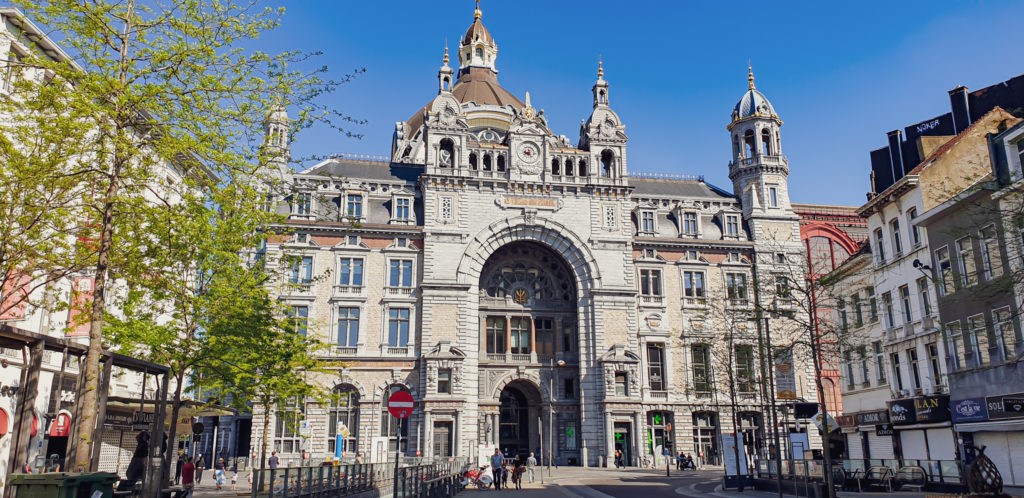
Stadsfeestzaal
The Stadsfeestzaal is built at the end of the 19th century and first opened in 1908. The city architect Alexis van Mechelen created this monumental building. The event hall was intensively used for exhibits, expo’s, gala’s and cultural events. Throughout the decades the Stadsfeestzaal fell into decay.
In 2000 the city of Antwerp and a developer decided to renovate the event hall. In December 2000 a large fire destroyed the Stadsfeestzaal. Only the steel roof construction, the iconic stairs and exterior front were left. The event hall was restored to it’s former glory. During construction works whale bones were found in the vaults of the building. The most remarkable items are the golden ornaments. It took 1,5 years to paint all the ornaments!
The neoclassical Stadsfeestzaal was re-opened in 2007. They transformed the event hall into a shopping centre. Many parts and structures are re-built in it’s original form like the glass dome, the stairs, the mosaic floor at the entrance, the wooden floors and the golden ornaments.
Meir Palace
The Royal Palace Meir was built in the 18th century. The architectural style of the building is Rococo. The last private owner sold the building to the French State in 1811. At that time this region was ruled by the French. Napoleon choose the palace as his private residence in Antwerp. His empire collapsed a few years later so he never actually lived in the palace.
Later on the palace became the official residence of the Dutch King Willem I. He started to renovate the palace and most notable was the Hall of the 17 Provinces. The Hall symbolized the unification of the Provinces in the Netherlands. The ceiling of the hall is decorated with coats of arms (wapenschilden) of the 17 Provinces. It’s remarkable that there are 18 coats of arms instead of 17. The 18th coat of arms is from Luxembourg. King Willem I was grand duke of Luxembourg at that time.
After the Independence of Belgium the palace was owned by the Belgian Royal Family. They used the palace for official events. In 1905 King Leopold II commissioned the Hall of Mirrors. Today the Hall of Mirrors is used for diners, receptions and other events. Visit the palace and discover chocolates (pralines) at the Chocolate Line or go for a fancy lunch at Café Imperial. The old stables were renovated in 2011 and houses the interior design shop Flamant.
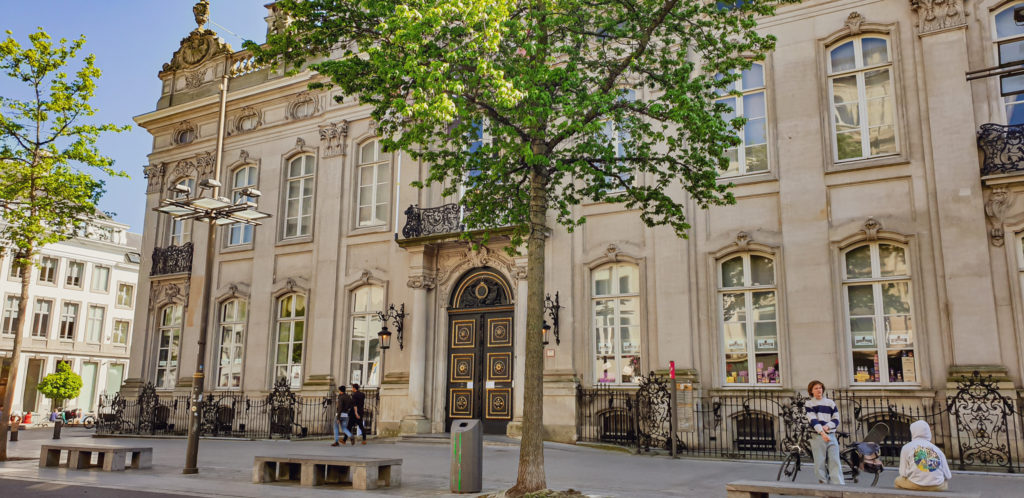
Handelsbeurs
Another monumental highlight in Antwerp is The Handelsbeurs (Trade Fair building). It is constructed in a neo-gothic architectural style. The city of Antwerp commissioned the construction in 1869 and designed by architect Joseph Schadde.
The Handelbeurs was the centre of the trade and financial market in the second half of the 16th century and established in 1532. The Handelsbeurs is enclosed by other buildings and connected by four small streets. If you don’t know it’s there you easily walk past it. The Handelsbeurs in Antwerp was an example for Trade Fairs building in Amsterdam, Rotterdam and London. The Handelsbeurs burned down in 1583 and immediately reconstructed in it’s original form. Between 1661 and 1810 the building had several occupants: the Art Academy, Sint Lucasgilde (artists and craftsmen guild) and the public library.
The building burned down again in 1858 and was completely restored in 1877. In 1872 the Antwerp Stock market was located in the Handelsbeurs until 1997. The building was not used for two decades. Today the Handelsbeurs is an event hall.
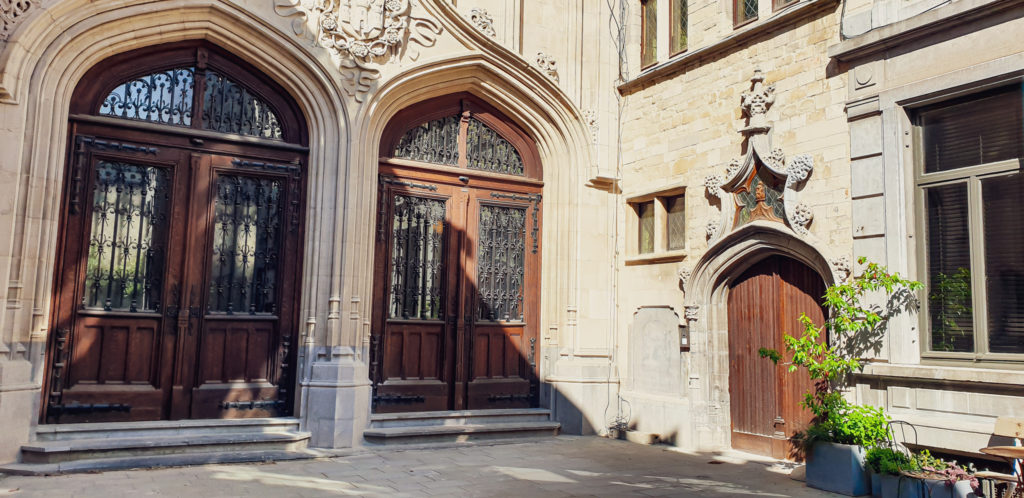
Royal Academy of Fine Arts
The Art Academy is part of the University of Antwerp. I went to school here when studying the master urbanism and spatial planning. It’s the fourth oldest art academy in the world, after Rome, Florence and Paris. It was founded by David Teniers. The establishment of the Art Academy was petitioned by King Philip IV of Spain and Portugal.
In the 19th century the Royal Academy in Antwerp was an internationally renowned institute for Fine Arts, Architecture and Design. The Academy attracted young artist from abroad. In 1880 the famous architect Henry van de Velde enrolled at the Royal Academy. The Dutch painter Vincent van Gogh also spend a short time at the Royal Academy before he moved to France.
The Academy had a significant art collection. The collection was exhibited at their own gallery. In 1890 they moved the gallery to the Royal Museum of Fine Arts in Antwerp.

Stadswaag
The building Stadswaag
Gilbert van Schoonbeke was an influential developer and urban planner in Antwerp in the 16th century. All merchandise arriving in the city had to be weighed to determine the amount of taxes. The city of Antwerp was expanding fast in the 16th century. At some point the waiting time for the merchandise to be weighed was a few days. Van Schoonbeke decided to build a new Waag* to scale down the waiting time.
*Waag is a word in the old-Dutch language. It’s not an exact translation but in English it would be called a weighing house.
In 1547 Van Schoonbeke developed the Stadswaag. Today it is a square but in the 16th century Van Schoonbeke constructed the weighing house in the middle of today’s square. The weighing house at the Stadswaag was important for the growing economic activity in the city. Around the Stadswaag rich merchants built houses and warehouses. The weighing house was a huge building and only the ground floor was used for weighing the goods. Trade and industry flourished. The upper levels of the Stadswaag were used for events to meet the increasing demand of celebrating weddings and parties.
After the economic bubble in the 16th century, the upper floors were not often used. In 1648 the halls were used by students studying surgery practice. Around 1819 the city sold the Stadswaag and was used as a warehouse.
How the Stadswaag became a square
In 1873 the Stadswaag was struck by lighting and the building burnt down. The wall with the Madonna statue was still standing. The rest is destroyed. The city bought the grounds of the Stadswaag and turned it into a public square.
In 1914 the Stadswaag was bombed by a zeppelin. In 1960 the neighbourhood was discovered by artists. The Stadswaag transformed into a buzzing nightlife area with jazz cafés, experimental theatres and restaurants. Most houses around the square are built in de 16th century. Several houses date back until the 18th and 19th century.
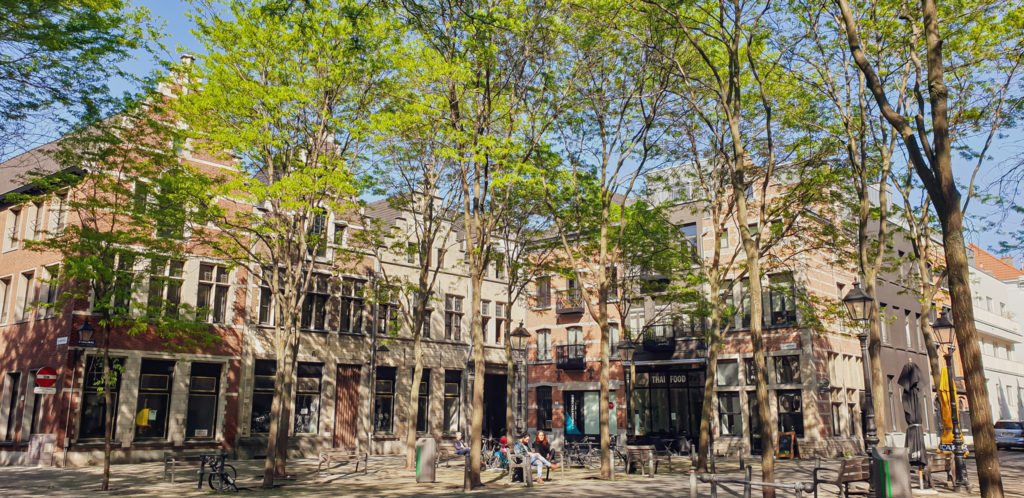
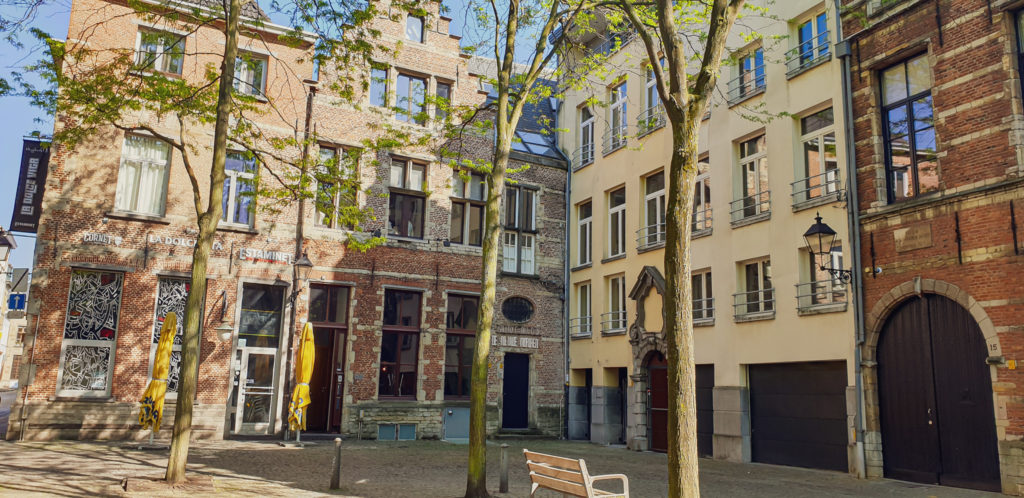
Cathedral
The most iconic monumental highlight in Antwerp is the unfinished cathedral of Antwerp. The Cathedral of Our Lady (Onze Lieve Vrouwe kathedraal) is a roman catholic cathedral. The church is built in a gothic architectural style by architects Jan and Pieter Appelmans. The construction started in 1352 and ended in 1521. There were supposed to be two towers of equal height. After a huge fire in 1533 the construction was postponement. In the end the construction of the second tower was never completed.
In 1566 Protestants destroyed the interior of the cathedral. Later on, they also destroyed, removed or sold artistic treasures of the cathedral. The cathedral was restored in 1585 when the Roman Catholic authority came back into power. The French revolutionaries plundered the cathedral in 1794 and the building was seriously damage. During the 19th century the cathedral was renovated and refurnished. In 1816 multiple works of art were returned from Paris, including three Rubens paintings. Inside the cathedral are graves from members of noble families like Rubens, Plantin and Moretus. The cathedral is registered as an UNESCO World Heritage site.
Stadhuis
The City Hall (Stadhuis) in Antwerp is located on the western side of the Great Market Square (Grote Markt). This renaissance building is built between 1561 and 1565 with Flemish and Italian influences. The main architect was Cornelis de Vriendt. The City Hall is listed as UNESCO World Heritage.
Antwerp became one of the most prosperous cities in Northern Europe in the 16th century. The local authorities wanted to replace the small medieval town hall with a more impressive building. The new City Hall needed to reflect the prosperity of the city and was completed in 1565. It burned down eleven years later in 1576 during the Spanish Fury, which was greatest massacre in Belgian history. Three years later the city restored the building.
The City Hall in Antwerp was an example for the new architectural style from Italy, the renaissance. The City Halls of Vlissingen and The Hague in the Netherlands were inspired by this new style.
Het Steen
Het Steen is the oldest building in Antwerp and built around the year 1200. Today, Het Steen is only a part of what used to be a castle. It was six time the size it is now. Het Steen was the centre of the oldest neighbourhood in Antwerp. In the beginning the castle served as the residence for the burggrave of Antwerp. From 1549 until 1823 the castle was used as a prison. In 1862 it became an archaeological museum.
During the 19th century harbour traffic was increasing and the city planned to widen the Schelde river. The old historic neighbourhood was destroyed because the harbour was considered to more important for the economy of the city. Over 500 buildings were destroyed. The city council voted to spare Het Steen and with one vote in favor the castle was saved. Despite the vote Het Steen was demolished. Only the burggrave’s house and entrance gate are left today.
In 2008 the building was used as National Maritime Museum. The collection moved to the new MAS museum. At this moment they are renovating the castle. After the renovation it’s going to be a visitor/ tourist centre.
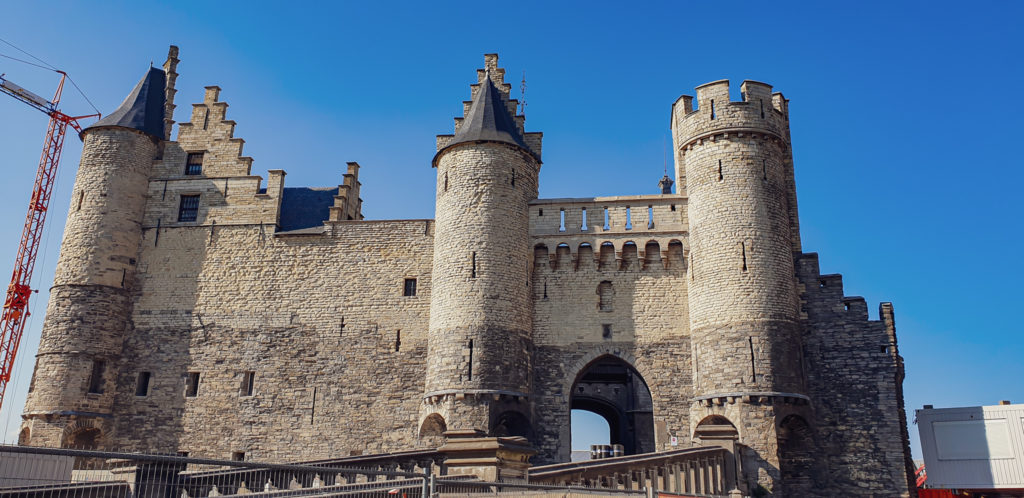
In The World’s Jungle – Travel Articles
Monumental highlights in Antwerp is the first article for Project Antwerp. I’m going to write more articles about prominent and historical places in Antwerp. So stay tuned!
Interested in other locations in Europe? Read articles about the architecture and history of Krakow in Poland, the city of Stockholm, the idyllic island Texel in the Netherlands and Paris.
Do you need more practical info? You can download your own packing list, learn how to set up a travel budget or read the ultimate guide for planning a long term journey. And much more.
In The World’s Jungle – Personal Travel Guide
Do you need help setting up an itinerary or are you looking for unique places to stay? I can help you planning your holiday or business trip. Send me a message by filling out the contact form and let me know how I can help you. Read more about In The World’s Jungle or about Adriana. Check out the services page and get in touch.
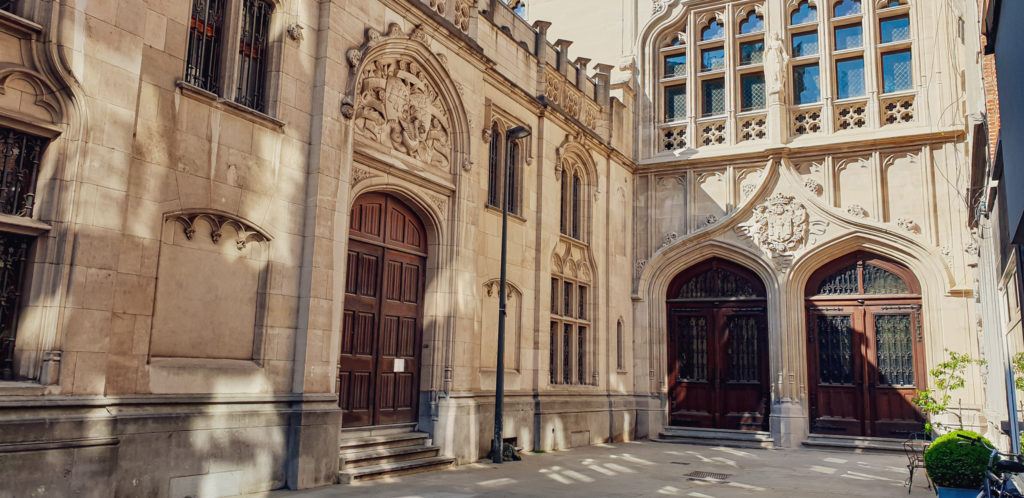
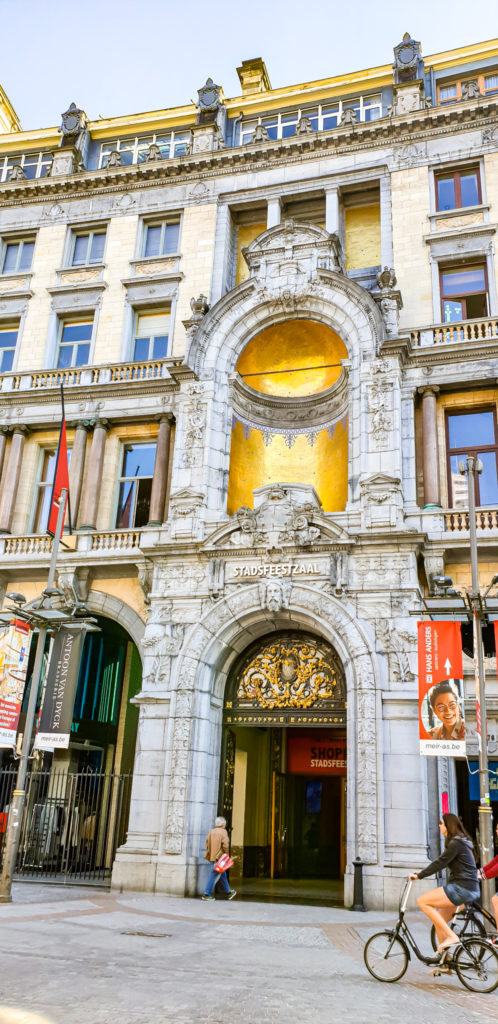
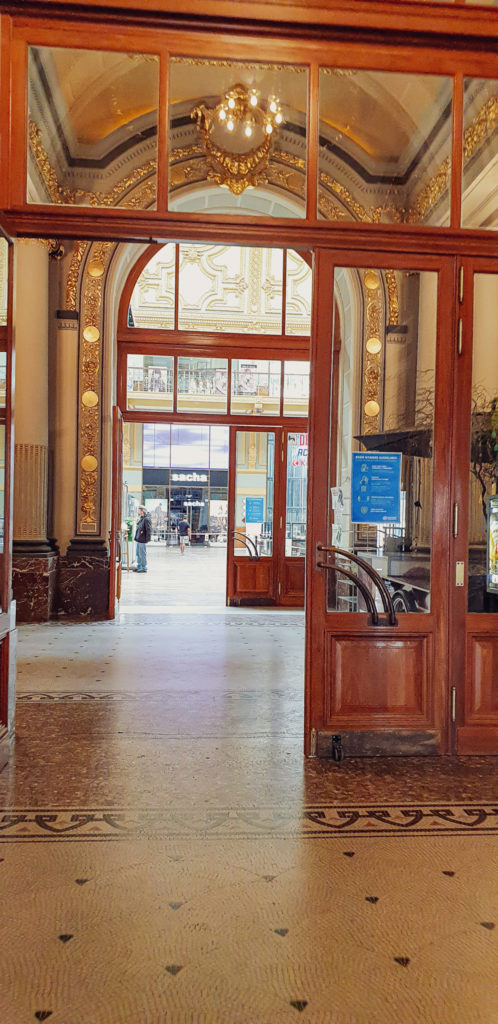

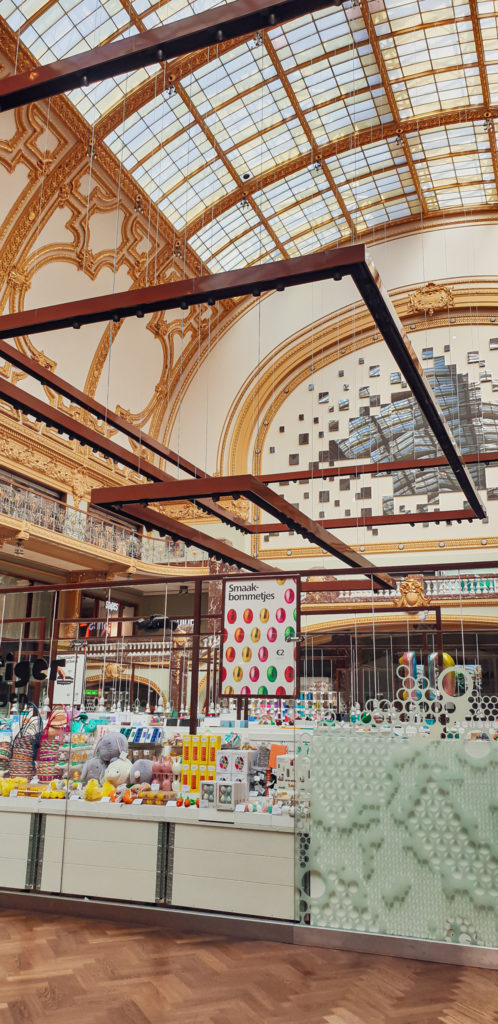


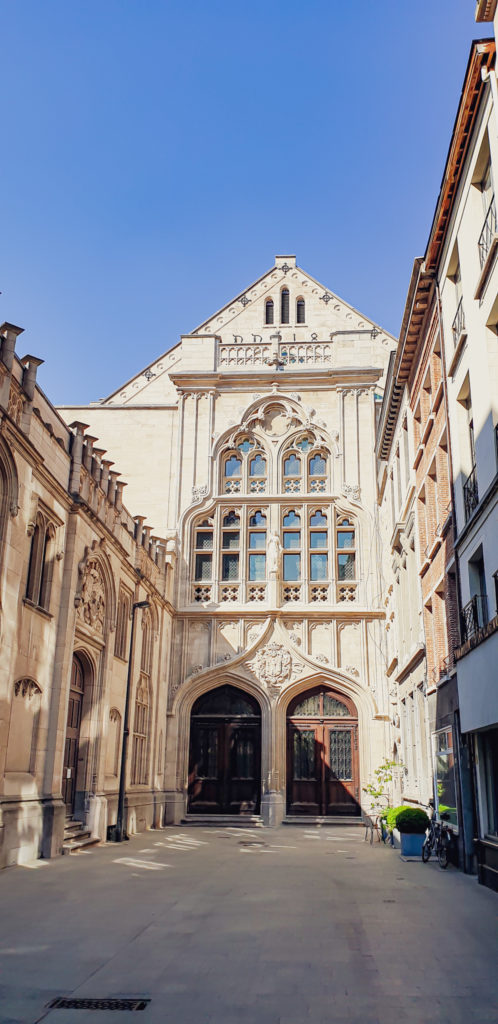
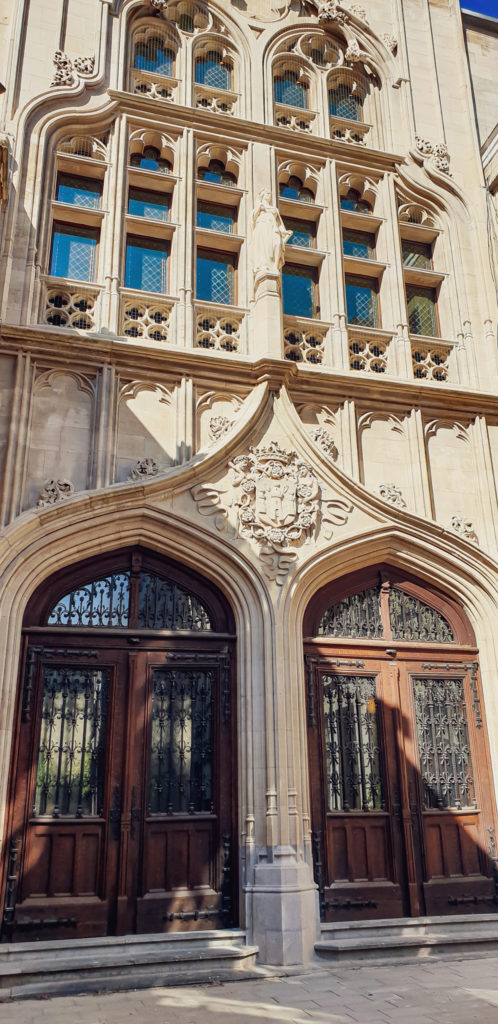

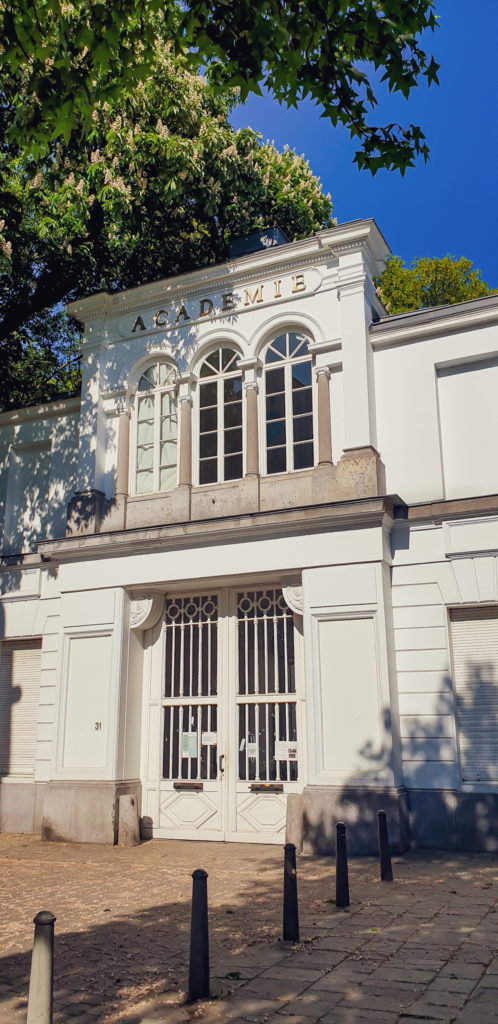
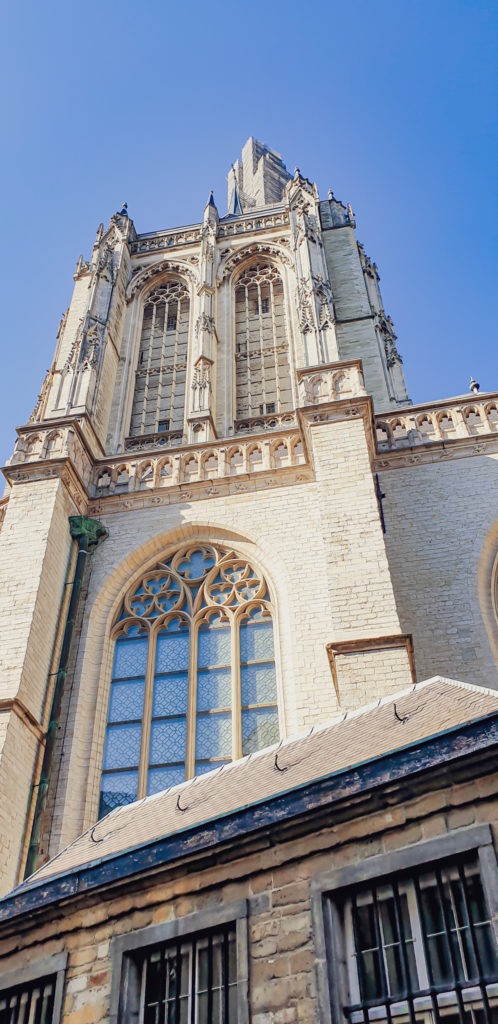
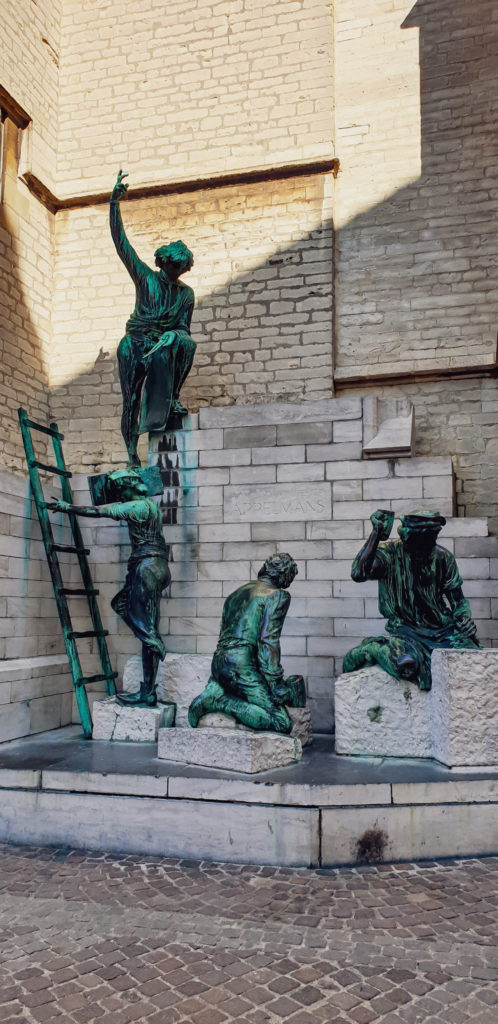
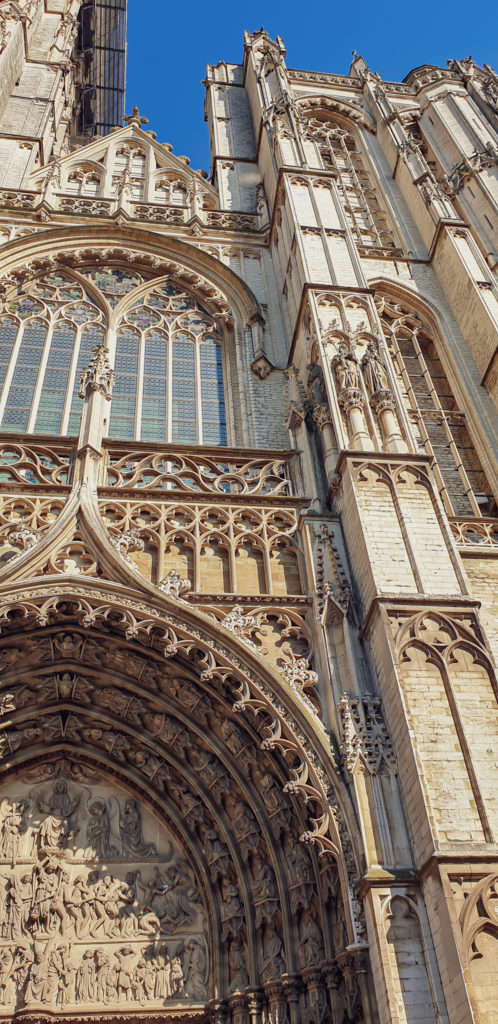
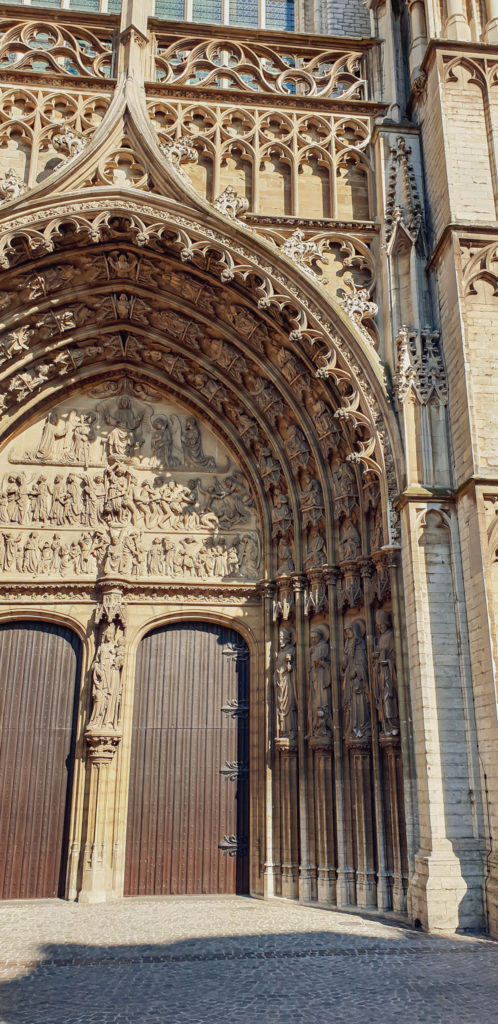
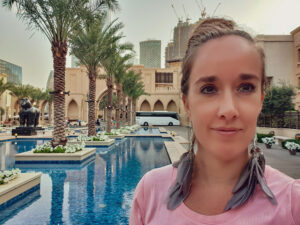
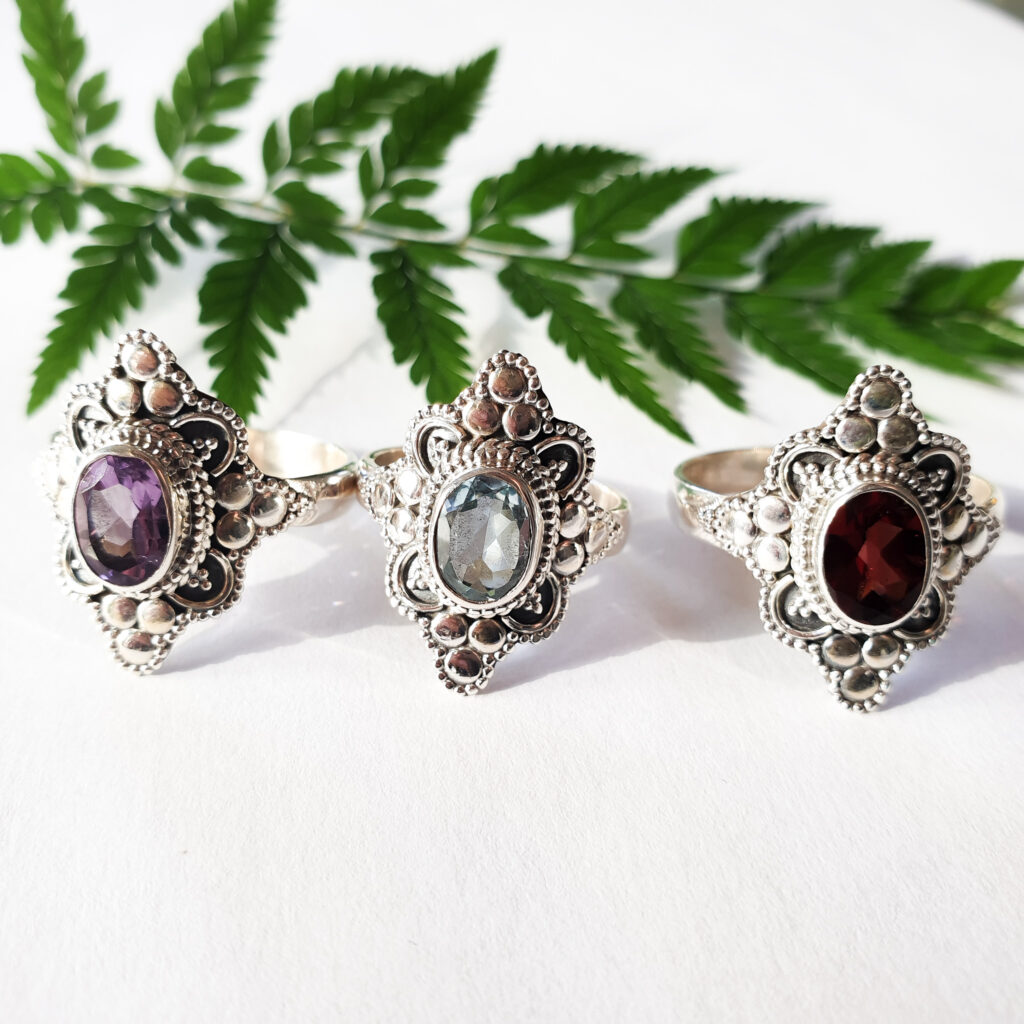
This Post Has 10 Comments
Great informative post
Thank you Eva.
Have a nice day.
Adriana
Mijn eigen stad herontdekken!
Antwerpse parels om verder te exploreren.
Nice way to explore your city like this. Especially during a lockdown 😉
Thank you for the comment Kristien.
Wow, I was long time ago in Antwerpen but I haven’t notice it is so beautiful.
Very exuisite post, I like the castle a lot..
Hola Gabi, Thanks for the lovely comment. Good to know it is appreciated. Antwerp is a beautiful city but you have to know where to go 🙂 No you have a list of places you can visit when you come back to Antwerp. The castle is under construction at this moment. I’m looking forward to see it again when it’s finished.
Hi Adriana! Antwerp sounds like a wonderful city full of history and beautiful architecture! It seems like a lovely place to visit. Thank you for sharing!
-Hillary
Hola Hillary,
Thanks for the wonderful compliment.
Have a nice day.
Adriana
Looks like an amazing place to visit! Love the statue of the workers building the cathedral ⛪
Hola Meaghan,
Thank you for the nice comment.
Adriana